Now Reading: Top 10 Best Places to Visit in Hoa Binh – Ethnic Villages, Caves & Lakeside Retreats
-
01
Top 10 Best Places to Visit in Hoa Binh – Ethnic Villages, Caves & Lakeside Retreats
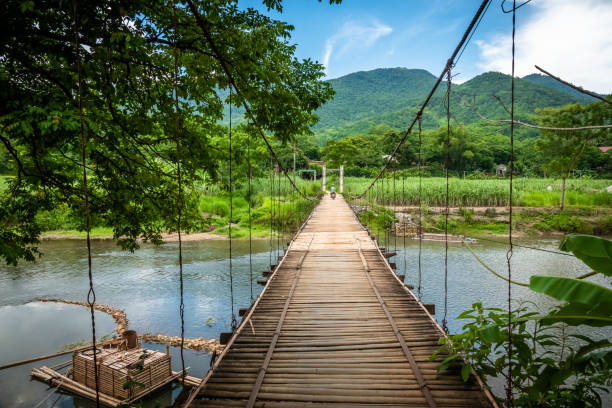
Top 10 Best Places to Visit in Hoa Binh – Ethnic Villages, Caves & Lakeside Retreats
1.Lac Village
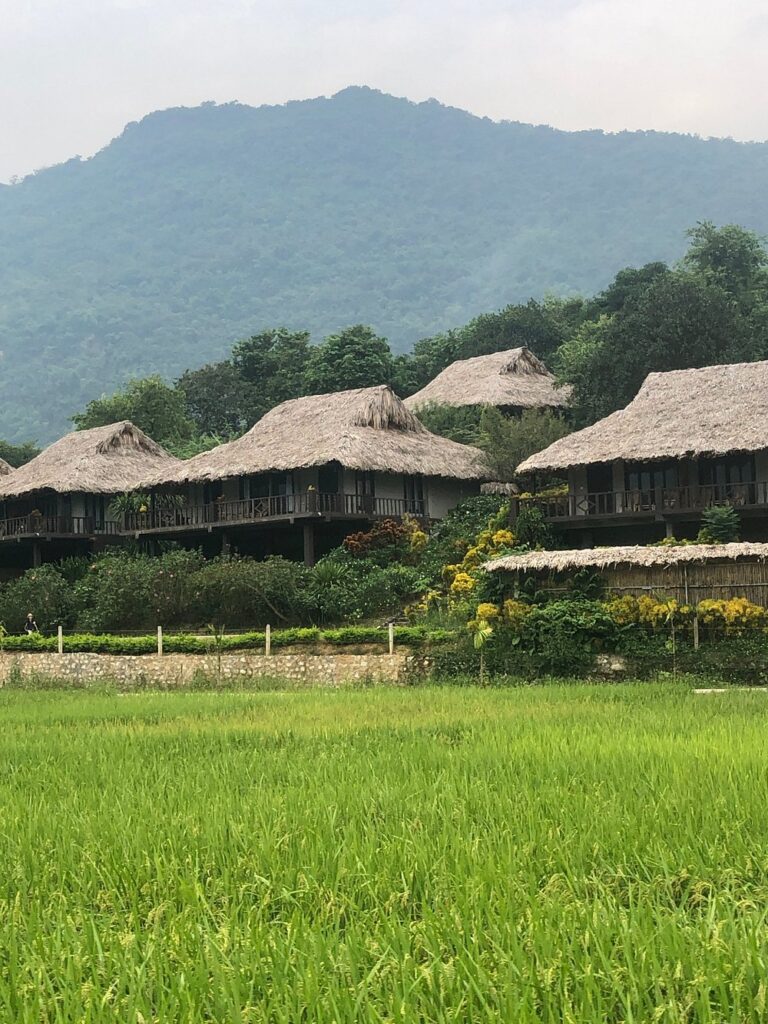
Located in the green valley near Mai Chau, Lac Village is both peaceful and full of wonder because it values its culture. The White Thai group inhabits Lac Village, surrounded by rice paddies, rolling hills and misty mountains and is known for their stilt houses, weaving fabrics and hospitality.
If you are searching for genuine rural life in Vietnam, many call Lac Village a living collection of ethnic cultures, letting you try staying in stilt homes or taste local dishes, as well as join local dance dances each evening.
The significance and history of each culture.
Lac Village is considered to be more than 700 years old and in the past was home to the White Thai people.
In the past, the prosperity of the village came from its people engaging in wet rice farming, fishing and weaving. Rural activities are still important in their daily lives and people are happy to show them to visitors.
The name “Lac” may point to a tribe from ancient Vietnam which adds to the village’s connection to Vietnam’s past.
In the last several years, Lac Village has set an example in community tourism, where residents welcome others, demonstrate their culture and proudly protect their traditions.
It is important for conserving ethnicity and developing sustainable tourism in the region.
The best season to visit is
- September to May is best since the weather is drier and cooler and the countryside is green. In october and november, trees and vineyards look their best.
- Mai Chau is found within the province of Hoa Binh.
- You need about 2–3 hours (expect longer, if your visit involves an overnight stay)
2.Chieu Cave
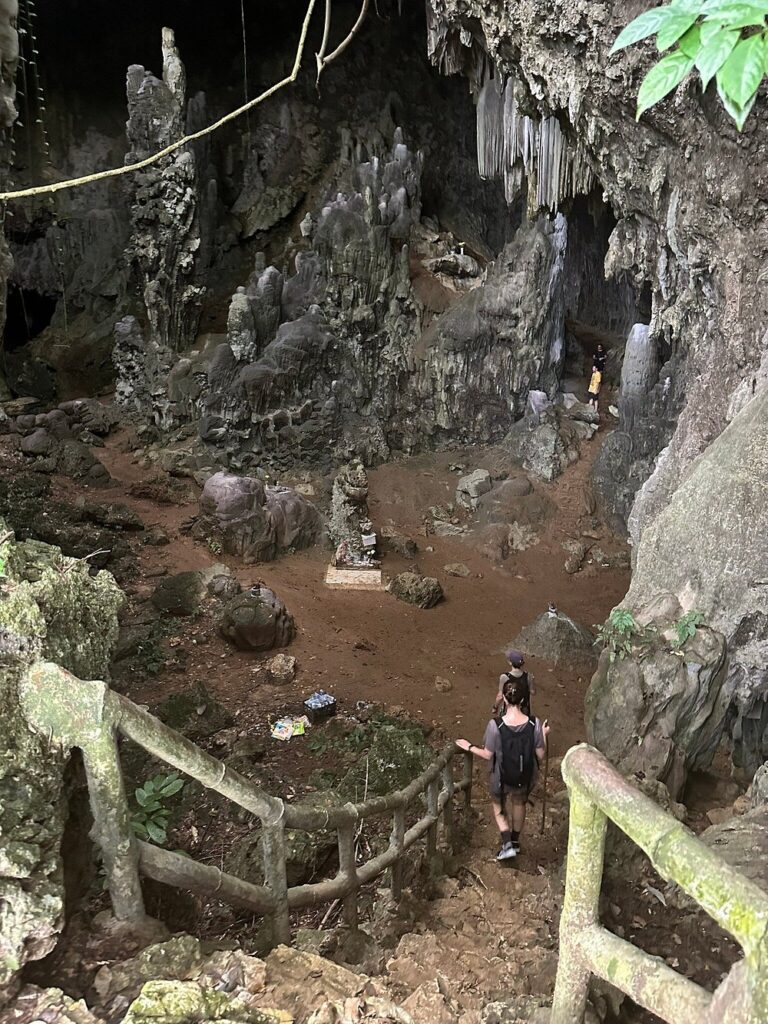
On top of a limestone mountain facing the Mai Chau Valley, Chieu Cave is well known for its stunning nature. Visitors who climb the stairs up to the cave are greeted by stunning stalactite drop-offs, great views of the valley and a calm and peaceful place.
Because sunlight enters the cave at a stunning time in the late afternoon, this cave is known as Chieu. It provides an appealing mix of natural wonder and demanding paths which attracts plenty of adventure fans and nature lovers.
This monument is important for its history & because of what it symbolizes.
The local White Thai people discovered Chieu Cave centuries in the past. Since the cave glows golden when the sun sets, the Vietnamese language named it “Hang En” (meaning “afternoon”) after the time of day.
Locals attached spiritual importance to it and it is commonly visited for festive or family gatherings.
The cave lies within Vietnam’s larger karst region which influences much of the North, just as Ninh Binh and Ha Long Bay do, although Phong Nha is less crowded and fresher.
The best season to go is:
- Best time to shoot is in late afternoon due to the nice lighting and mild air. It is best to avoid trying the climb when it is very hot and bright.
- The place is: Mai Chau town, Hoa Binh Province
- It may take you 1–2 hours to finish.
- It is about a 1,200-step climb to get to the cave.
3.Thung Khe Pass

Because of its pale limestone cliffs, Thung Khe Pass is sometimes called White Rock Pass, giving you both a beautiful view and sensory experience as you go downstairs into Mai Chau Valley. You can catch stunning views of distant mountains and rice fields from this mountain pass and the cold mountain air provides a great break from the lowland warmth.
On National Highway 6, the pass welcomes you to Mai Chau and gives you the chance to stop, see the scenery, snap some pictures and enjoy a warm cup of corn tea or grilled corn sold nearby.
What is History & Significance?
Strategically, Thung Khe Pass is on the main road from Hanoi to the northwest and it has always played a vital role in commerce and military operations.
Rough mountain roads in the area made it challenging for anyone to travel during conflicts and uprisings which is why local militia groups often fought from here.
The pass is named “White Rock Pass” because of a landslide from the past which revealed white limestone that changed the whole area to a noticeable chalky-white color.
As well as its practical purpose, Thung Khe has turned into a favorite photo spot because of how the valley is shown from above and the clouds or fog that often drape the pass in the early hours or late afternoon.
The best time to stop taking a certain medication is when your doctor tells you to.
- Go between 7 and 9 AM for the best clouds and early morning sun
- Between 4 and 5 PM for views of a beautiful sunset and less heat
- Between Tan Lac and Mai Chau, the province of Hoa Binh
- Heading to Mai Chau? This spot is an incredible scenic stop that won’t take you much time (under an hour).
- The area is found at a height of about 1,000 meters above the sea.
4.Mu Waterfall
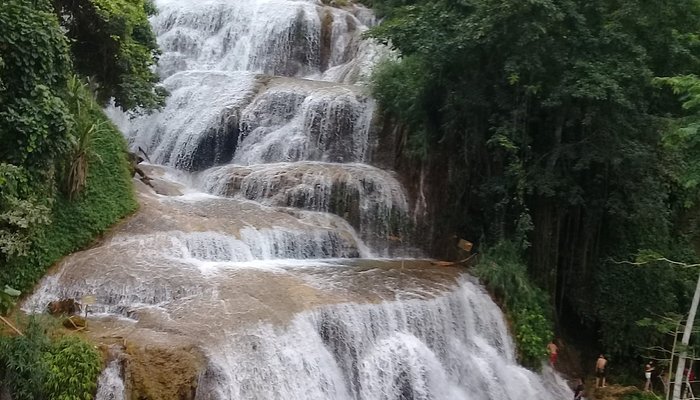
In the highlands of Thanh Hoa province, Mu Waterfall is an area that many foreigners are still unaware of, yet its beauty makes it one of the country’s best natural attractions. The waterfall flows quietly through the forest and because of its peaceful atmosphere and clean flow, it is an ideal place for anyone wanting to relax in nature.
You can use the area’s streams to escape the heat or you can enjoy a full stay in the peaceful and distinctive homestays nearby the Mu Stream. People from Hanoi and nearby cities are now visiting Mu Waterfall more and more due to the improved roads leading there.
What It Is & Why It Matters
In terms of culture, the Mu Waterfall is near land inhabited by ethnic Muong people, who have lived in the mountain regions of Thanh Hoa for a long time. You often get to interact with communities and learn about the villagers’ traditional lifestyles, ways of farming and their traditional foods during your visit to the waterfall.
The waterfall is revered by people of the place, who are convinced the mountain spirits guard it. Festivals happen here often, mainly during the dry season when its water level is perfect for swimming and having picnics.
For a long time, travel was challenging in the region thanks to its difficult environment. In the recent past, eco-tourism and community-based tourism have increased Mu Waterfall’s fame while leaving its natural beauty unchanged.
The best time to visit is….
- April to September is the time when you will enjoy the best water for swimming.
- Don’t visit the country during the rainy period (late July–August), since the area can become unsafe due to slippery surfaces or floods.
- Find this place in Thach Lam Commune, Thach Thanh District, Thanh Hoa Province
- It should take you 1 to 2 days to complete this activity
5.Ngoc Son Ngo Luong Nature Reserve
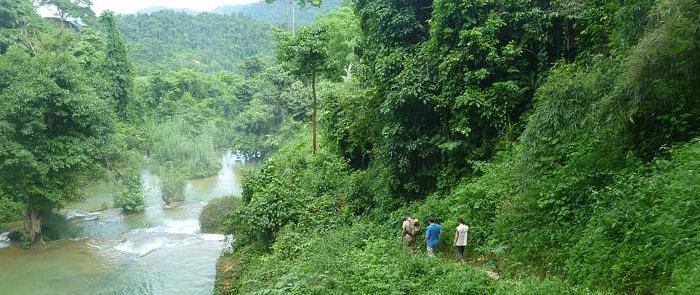
Lying between the famous Pu Luong and Cuc Phuong reserves, Ngọc Sơn – Ngổ Luông Nature Reserve is untouched and not well-known in the region. Set on a total area of 19,000 hectares, the reserve offers a captivating view with karst mountains, thick forests, terraced fields, hidden waterfalls and ethnic villages that have not been spoiled by tourists.
The area is perfect for tourists who want quiet, unspoiled nature and the real life of rural communities rather than the bustle of cities. Having traditional stilt houses and exploring a few villages allows you to get a better understanding of the daily life of the Muong people, their welcome and life in the countryside.
Knowing about History and its Significance
Ngọc Sơn – Ngổ Luông was set up as a nature reserve in 2002 to support the protection of its rich diversity in nature and culture. It is an important link in an ecological corridor with Pu Luong and Cuc Phuong and you can find rare species here such as Delacour’s langur, barking deer, a variety of birds and helpful medicinal plants.
People in this area are mostly Muong, who are an original Vietnamese minority. Their usual way of living, stilt houses, folklore and farming are all tied to the environment.
Because it is so far from the city, rural development has continued to work slowly, making this area an unspoiled countryside. Today, both eco-tourism and community-based travel give local residents the chance to earn a better living as they look after their cultural traditions.
- The timeframe you’re likely to find the best weather in the city is during summer.
- You should plan your trip for March to May or in September to November, as the weather is nice, the rice fields are green and rainfall is light during these times.
- It’s important to bring warm clothes in the winter (December–February) because it can become rather cold.
- The place to visit is in Lạc Sơn and Tân Lạc districts, Hòa Bình Province, Vietnam
- You could experience this itinerary in 2 days and 1 night.
6.Giang Mo Village
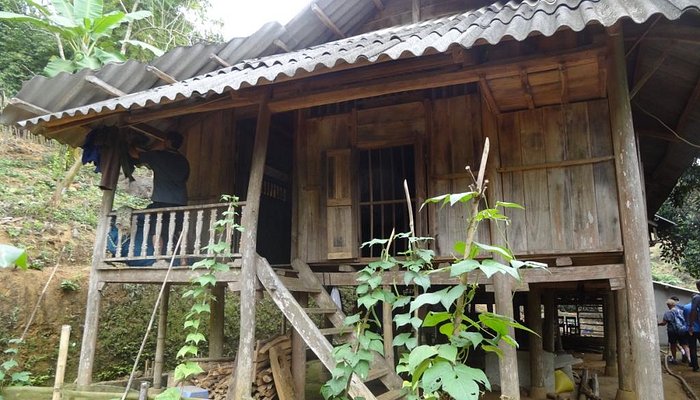
The village of Giang Mo is about 12 km from Hòa Bình City and 140 km west of Hanoi, allowing visitors to see the peaceful lifestyle of northern Vietnam’s ethnic people. A picturesque valley surrounded by green hills welcome the White Thai people in this village, one of the numerous ethnic minorities in Vietnam.
Giang Mo differs from large commercialized villages because it is still charming, with stilt houses, rice fields and villagers easy to smile at. This place seems to belong to another era since customs and life remain much the same as they did years ago.
The culture and history of Ecuador are very important.
This region has been the home of the White Thai (Tai Don) people for more than 400 years now. Once a member of the Tai-Kadai language family, the Tai moved from southern China and northern Laos/Thailand to Vietnam many centuries back.
Thai tradition, writing and speech are all still highly preserved in this country. You might hear “Sawasdee krub” when you visit which shows how strong Thai culture and languages are there.
Because they wanted their houses to be easy to look after and eco-friendly, they built them up on stilts using teak wood. During the summer, the homes remain cool and the area below is commonly used to keep animals or keep tools.
Giang Mo preserves the heritage of ethnic groups such as farming ways, how to weave textiles and the customs of their dances and festivals.
The Best Time to Travel to this Country
- The harvest season, from September to November, is one of the best times to visit or you could go when it’s coolest or lushest, from March to May. Try not to visit the Philippines during the first three months of the year which are the rainy season.
- The area is part of Cao Phong District, Hòa Bình Province.
- It takes about Half a day or a Full day to tour Hong Kong.
7.Go Lao Waterfall
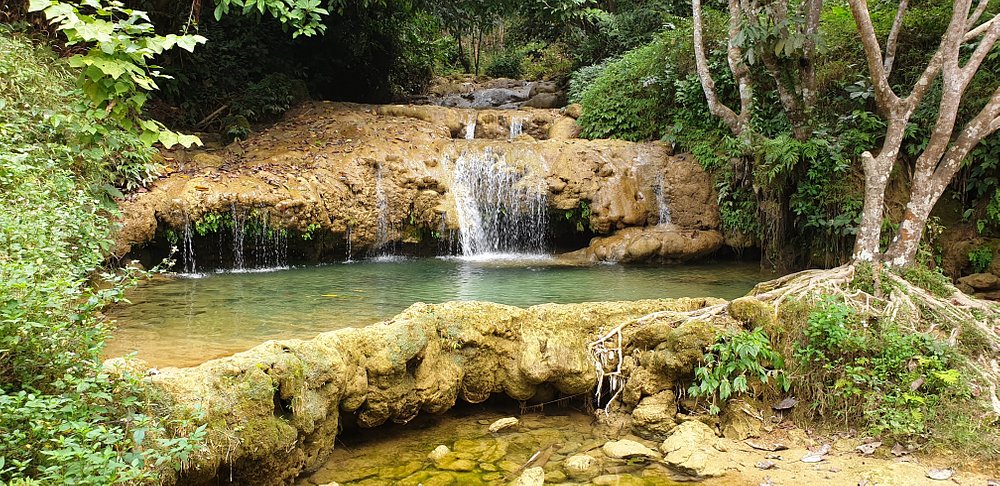
Near Mai Chau and reaching by a rough and unpaved track, Go Lao Waterfall (Thác Gò Lào) is a calm and beautiful natural attraction surrounded by green forests and limestone formations. While popular places and cities in northern Vietnam draw lots of crowds, this small waterfall gives tourists a peaceful break from the noise.
Although Go Lao is not the biggest or tallest waterfall here, its remote place, beautiful waters and raw scenery make it a lovely stop on a trip to Mai Chau. Surrounded by dense forest and full of water noises, it’s a great place for people who want peace and unspoiled nature.
The study of history shows why it is significant.
- Many members of the Thai ethnic group living around Phuc San and nearby villages love and respect Go Lao Waterfall.
- For generations, Thai people regarded the waterfall as an important source of spiritual power and beautiful symbol of equilibrium in nature. Many times, you can hear legends or tales from villagers about the spirits found in the sea and forest.
- Although it’s not a spiritual site, Go Lao was always a place where locals gathered to celebrate festivals and cool down at the water during hot summers.
- In these recent years, more people who love sustainability and explore unknown areas have chosen to see Na Cong because of its connection to Mai Chau and growing awareness of sustainable travel.
When Is the Best Time to Go?
- The months from April to October are perfect since the river is at its strongest and the weather allows for swimming.
- It’s best to postpone your trip after heavy rain since the wet trails can be slippery.
- The hamlet is located in the Phuc San Commune of Mai Chau District in Hoa Binh Province.
- It takes between one and two hours to complete this activity.
8.White Rock Pass
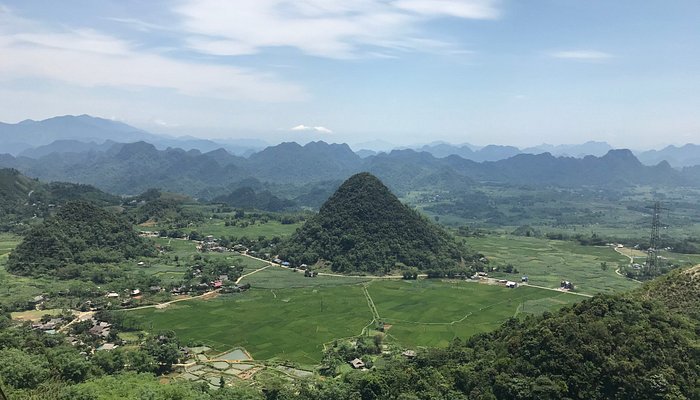
White Rock Pass which is also known as Đèo Đá Trắng or Thung Khe Pass, is considered one of Vietnam’s most beautiful mountain passes. The name of this road comes from the white color of its cliffs and rocks under the warm sunlight, making it look a lot like snow.
The pass, about 1,000 meters above sea level, goes between misty mountains and lets visitors enjoy wide views of valleys, rice terraces and traditional homes underneath. Many people stop at this place when traveling to or from Mai Chau and Son La provinces.
Important information about how this building came to be and its cultural significance
White Rock Pass was a natural obstacle that protected the trading route from lowland markets to the highland ethnic minority tribes. For a long time, this area was used by both traders and people from nearby villages for moving goods using foot or horses.
The blasting during the National Highway 6 project made the mountain look white and speckled which is why Đèo Đá Trắng got its name.
Due to its beautiful landscapes over the years, as well as reflecting a path to the highlands, Mai Chau Valley, more people have chosen the pass.
Often, people say that the O Quy Ho is similar to the famous Hai Van Pass, even though it’s smaller and equally appealing.
The Best Time to Have a Vacation
- The most beautiful light with lots of mist happens during morning hours or late in the afternoon.
- The winter months of November to April make for safer trips with cleaner air.
- Be cautious on the roads from May to October as it’s possible they will be slippery due to occasional rain.
- Between Tan Lac and Mai Chau there is a district in Hoa Binh Province.
- It is recommended to spend less than one hour, though you could also enjoy it as a scenic stop.
9.Pa Co Market
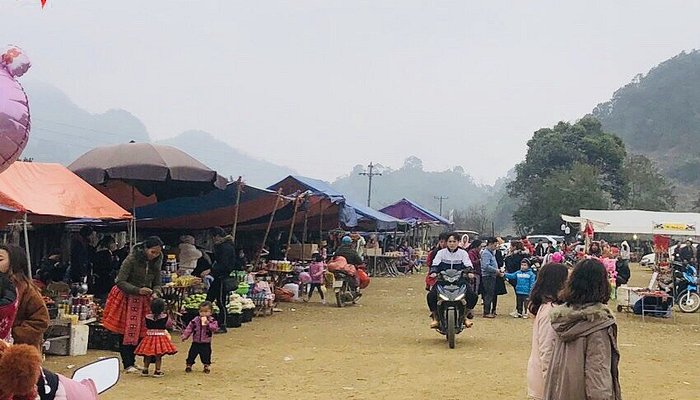
Pa Co Market, a colorful local hill tribe market, is found in the misty hills between Mai Chau and Moc Chau and is alive only on Sundays. Even though it is modest in size, Sapa is one of the most genuine cultural spots in northern Vietnam. Ethnic groups such as the Hmong, Thai and others from nearby rural regions arrive every week at the market by carving down mountain curves in their brightly colored traditional clothing, for trading, enjoying company and reveling in their heritage.
If you love culture, capture photos or are just eager to see, Pa Co Market reveals the many ethnic groups in this country.
History & Significance to the Culture
For centuries, weekly markets in the highlands have acted as places for buying and selling goods, as well as for exchanging gossip, news and experiences.
For a long time, Pa Co Market has brought together the Hmong people from Moc Chau (Son La) and White Thai communities from Mai Chau. Asian culture is a mixture of different traditions and traditional ways of life have been kept the same for generations.
Apart from transactions, the market supports social interaction: young couples meet, elders trade healing herbs and local people exhibit their creative handicrafts and fabric which are dyed with natural indigo.
The persistence of trading in this region under today’s global trade system proves how proud and strong the ethnic minorities here feel.
- The village is situated in Pa Co Commune, Mai Chau District, Poa Binh Province (about 20 km away from Mai Chau).
- Sometimes alone, you might practice for 1–2 hours.
- Every Sunday morning is the best time to enjoy brunch.
10.Hoa Binh Lake
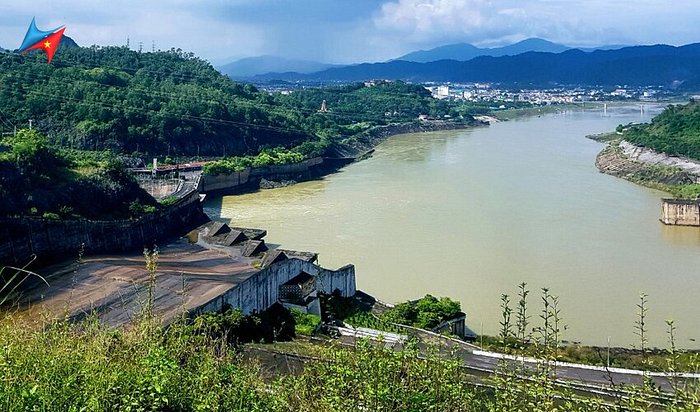
This lake, Hòa Bình, can be found nestled in forested hills and ethnic minority settlements in the northern part of Vietnam and attracts many visitors as one of the country’s most beautiful lakes. The reservoir along the Da River is famous for its sparkling water, picturesque islets and serene surroundings, so it’s the ideal place to go after leaving Hanoi or Mai Chau.
Natural beauty, different kinds of life and an experience of local culture are all part of the lake. Tourists are able to set sail on its rivers, search for secret caves, see spiritual temples and interact with Muong, Tay and Dao living by the water.
The story of Napoleon and what it represents.
Building the Hòa Bình Hydropower Plant in 1979 resulted in Hòa Bình Lake which was finished with help from the Soviet Union in 1994. Back then, the project was the biggest hydropower plant in the region.
The Da River was blocked to create a reservoir called the lake which provides water for electrical power generation, helps with irrigation and controls floods.
The economy of Vietnam was built in part on the use of plants: they help with reconstruction and supply energy.
The mountainous land is of great cultural and religious importance for the Muong people, the second largest ethnic group in northern Vietnam. The Thác Bờ Temple which stands at the lake’s edge, is an important place of worship, especially during the lunar new year.
- This place is located in Hòa Bình Province in Northwest Vietnam.
- It is recommended to spend more than 3 hours at this park.
- The best months to visit are October through April since they are drier and less hot.
Related articles : Top 5 Best Places to Visit in Hung Yen – Ancient Temples, Heritage & Peaceful Villages
Stay Informed With the Latest & Most Important News
Previous Post
Next Post
-
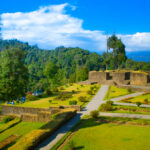 01Top 5 Best Places Visiting in Gyalshing – Monasteries, Lakes & Scenic Escapes
01Top 5 Best Places Visiting in Gyalshing – Monasteries, Lakes & Scenic Escapes -
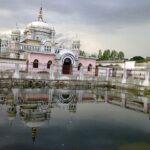 02Top 5 Best Places Visiting in Panna – Temples, Waterfalls & Wildlife Escapes
02Top 5 Best Places Visiting in Panna – Temples, Waterfalls & Wildlife Escapes -
 03Top 5 Best Places to Visit in Malerkotla – Malerkotla Fort, Sheesh Mahal & More
03Top 5 Best Places to Visit in Malerkotla – Malerkotla Fort, Sheesh Mahal & More -
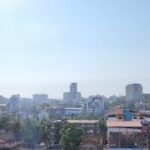 04Top 10 Best Places Visiting in Dakshina Kannad for Culture, Nature & Coastal Charm
04Top 10 Best Places Visiting in Dakshina Kannad for Culture, Nature & Coastal Charm -
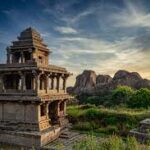 05Top 2 Best Places Visiting in Chitradurga for History, Nature & Adventure
05Top 2 Best Places Visiting in Chitradurga for History, Nature & Adventure -
 06Best Places Visiting in Shopian – Explore Top Attractions & Hidden Gems
06Best Places Visiting in Shopian – Explore Top Attractions & Hidden Gems -
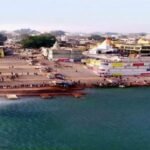 07Best Places Visiting in Narmadapuram – Temples, Waterfalls & Wildlife Escapes
07Best Places Visiting in Narmadapuram – Temples, Waterfalls & Wildlife Escapes












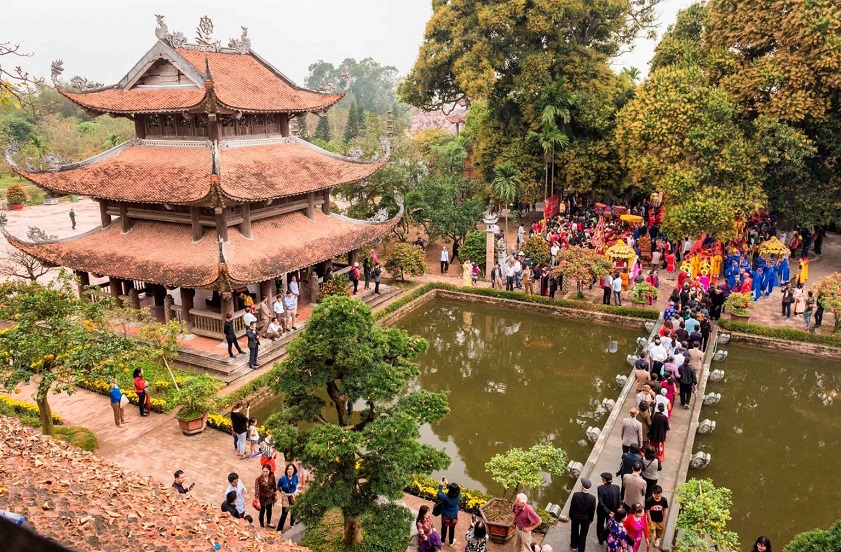
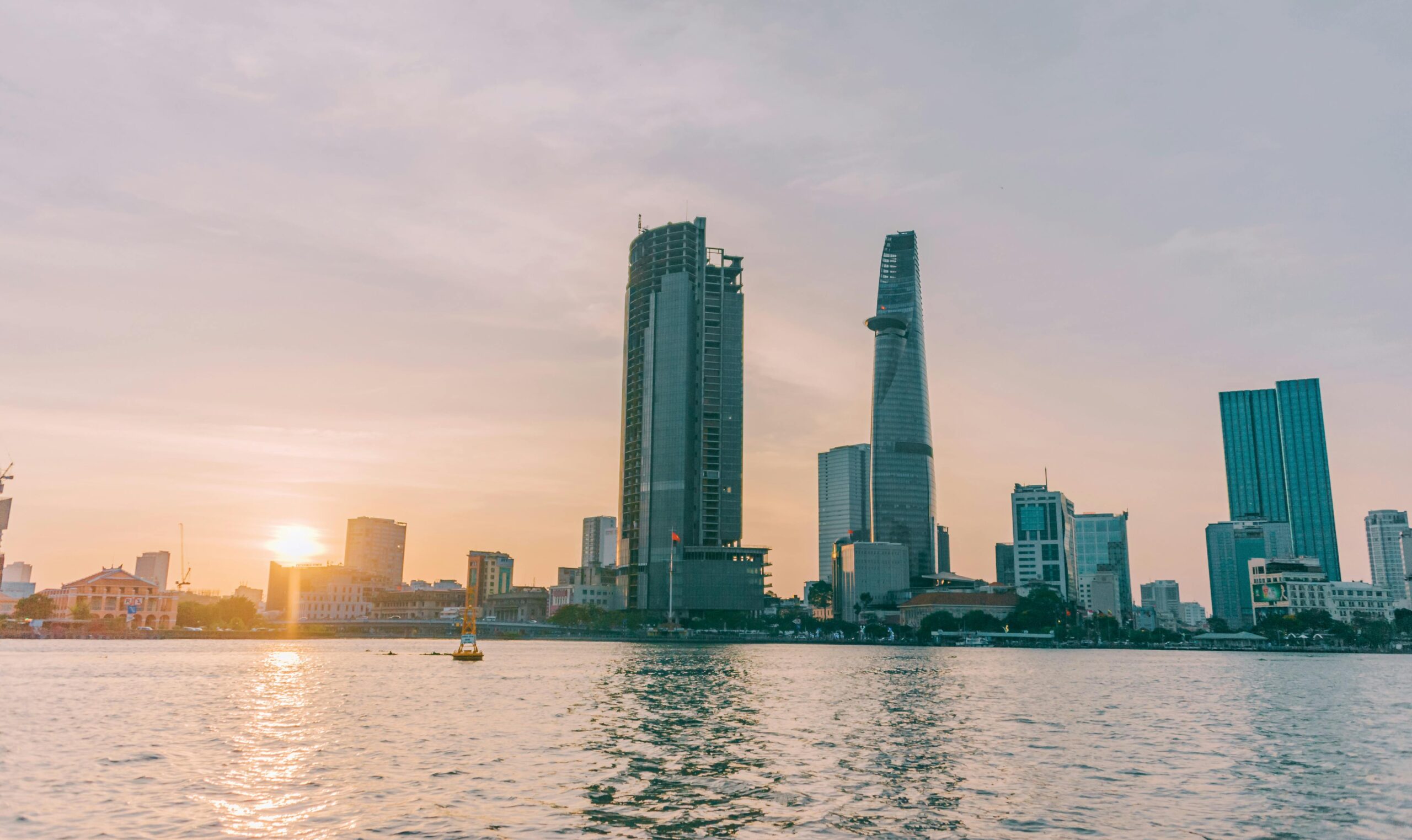
Pingback: Best Places to Visit in Ho Chi Minh – Explore History, Culture & City Life